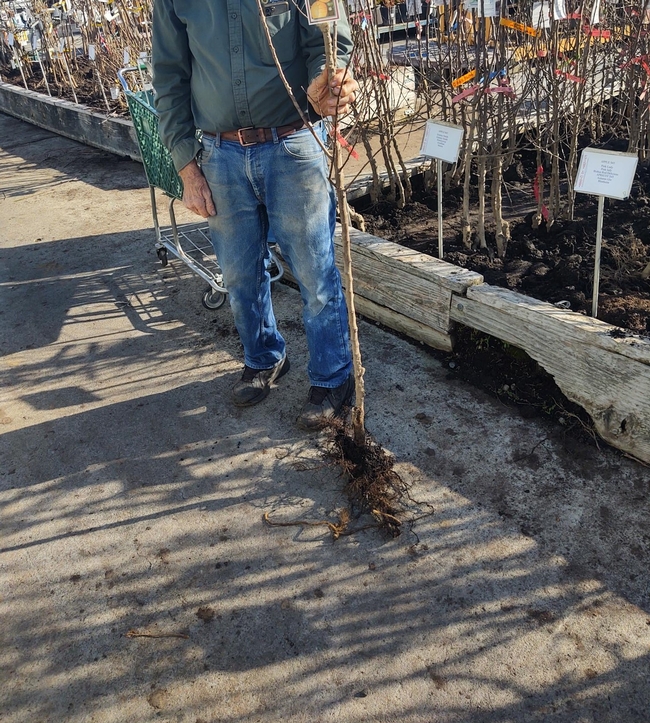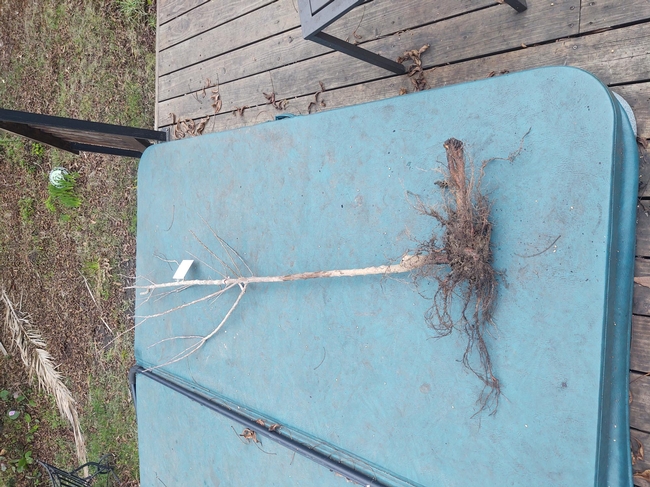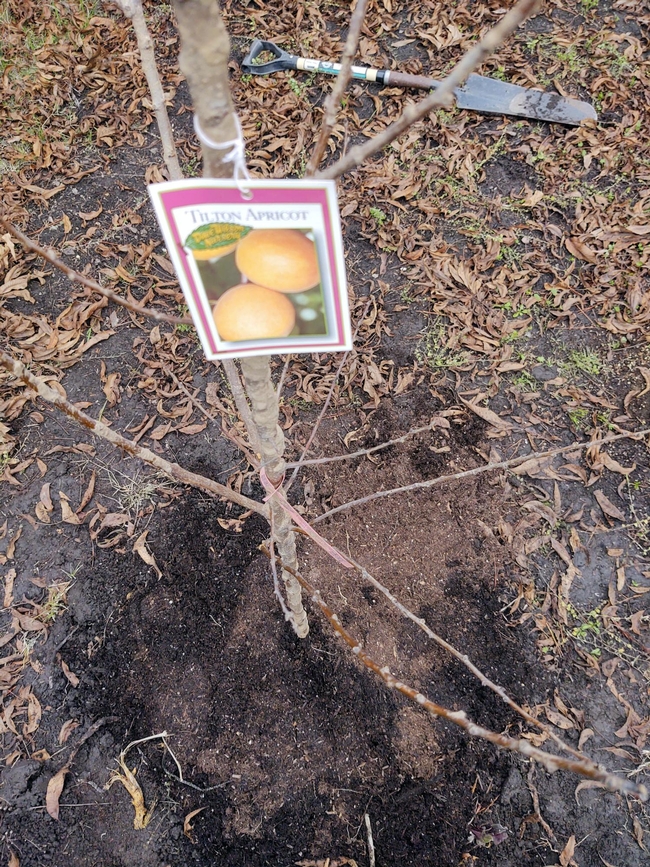If you're a gardener in Napa Valley, you know that winter is not the off season it is elsewhere. In our climate, we can always plant something.
When I walk into a nursery at this time of year, I feel like the proverbial kid in the candy store. The difference is that the kid is counting the change in his pocket, while I'm trying to determine where I can plant another bare-root fruit tree.
Bare-root trees are only available for a short time each year, usually December through March or so. Fruit trees are dormant during that time so they can be dug up without leaving any soil around their roots. The grower will protect the roots by wrapping them in damp hay, straw, or mulch and then newspaper or, in some cases, a cardboard sleeve.
Bare-root trees have a few advantages and disadvantages. On the plus side, they provide us with a large selection, and they typically cost 30 percent to 50 percent less than a container-grown tree of the same type.
Additionally, bare-root trees can have a larger root mass. They're easier to handle due to their light weight and frequently will produce fruit sooner than a container-grown tree because the roots aren't transitioning from container soil to local soil.
On the other hand, bare-root trees need to be planted soon after purchase and while still dormant. If this isn't possible, you'll need to pack the roots in moist wood shavings or potting soil and place the tree in a shaded area protected from wind.
Choosing the right bare-root fruit tree begins with asking yourself what you like to eat. If you really like pineapple quince, then by all means buy a pineapple quince tree. If you have never tasted the fruit, then think twice about investing in a tree.
Before purchasing any bare-root tree, you need to know for sure where you will plant it. Bare-root trees can be dwarf, semi-dwarf or standard size so consider what's best for the site. Dwarf trees will be 8 to 10 feet tall and wide at maturity; semi-dwarf trees will be 12 to 15 feet tall and wide; and standard trees will be at least 18 feet tall and wide when fully grown.
My preference is for dwarf fruit trees so I can prune and harvest them without a ladder or, at worst, with a small ladder. The taller the tree, the higher the ladder and the more likely something bad will happen.
Chill hours are another consideration. Many fruit trees require a certain number of chill hours, the time spent below 45°F during dormancy. Dormancy begins in late fall and lasts into early winter. During this time, the tree's hormones suppress buds for next season's foliage and flowers until conditions are right for new growth.
For a fruit tree to come out of dormancy, bloom and set fruit, it requires a certain amount of winter cold, its so-called “chilling requirement.” Many fruit trees require 400 chill hours or less while others need more.
Napa historically has 900 to 1,000 chill hours during the dormant season, which is sufficient for most fruit tree varieties, but do your research. You can find information online about a specific variety's chill requirement or ask at the nursery.
Fruit trees differ in another important way, at least if you care about getting a crop. Some require a pollenizer to produce fruit, while others are self-fruitful. A tree that is self-fruitful will produce a crop without assistance from another tree.
I would like to add a Flavor King pluot to my mini orchard, but this variety requires a pollenizer. To get a crop, I need another plum tree, such as a Santa Rosa plum. In my case, I view this as positive in that now I'll have plums to harvest as well as pluots.
Recent rains have made the soil pliable so digging planting holes should be easy. Now I just have to decide when to make my purchases and get my new bare-root trees planted.
Workshop: Join UC Master Gardeners of Napa County for “Winter Rose Garden Care & Pruning,” on Saturday, January 6, from 10 a.m. to noon via Zoom. Prepare your roses for the upcoming growing season with this review of pruning techniques and best pruning tools. Learn how to help your roses cope with climate change and how to choose the right rose for the right place. Attendees will be invited to join a hands-on pruning workshop at Napa's Fuller Park rose garden on Thursday, January 11, from 10 am to noon, to practice what they learned. Register to receive the Zoom link.
Workshop: Join UC Master Gardeners of Napa County for “Pruning Deciduous Fruit Trees” on Saturday, January 27, from 10 a.m. to noon at Las Flores Learning Garden, 4300 Linda Vista Avenue, Napa. Learn the whys and hows of winter pruning, techniques, and tool care. Workshop is indoors but dress warmly for outdoor activities, weather permitting. Space is limited. Register here.
Help Desk: The Master Gardener Help Desk is available to answer your garden questions on Mondays and Fridays from 10 a.m. until 1 p.m. at the University of California Cooperative Extension Office, 1710 Soscol Avenue, Suite 4, Napa. Or send your questions to mastergardeners@countyofnapa.org. Include your name, address, phone number and a brief description.


